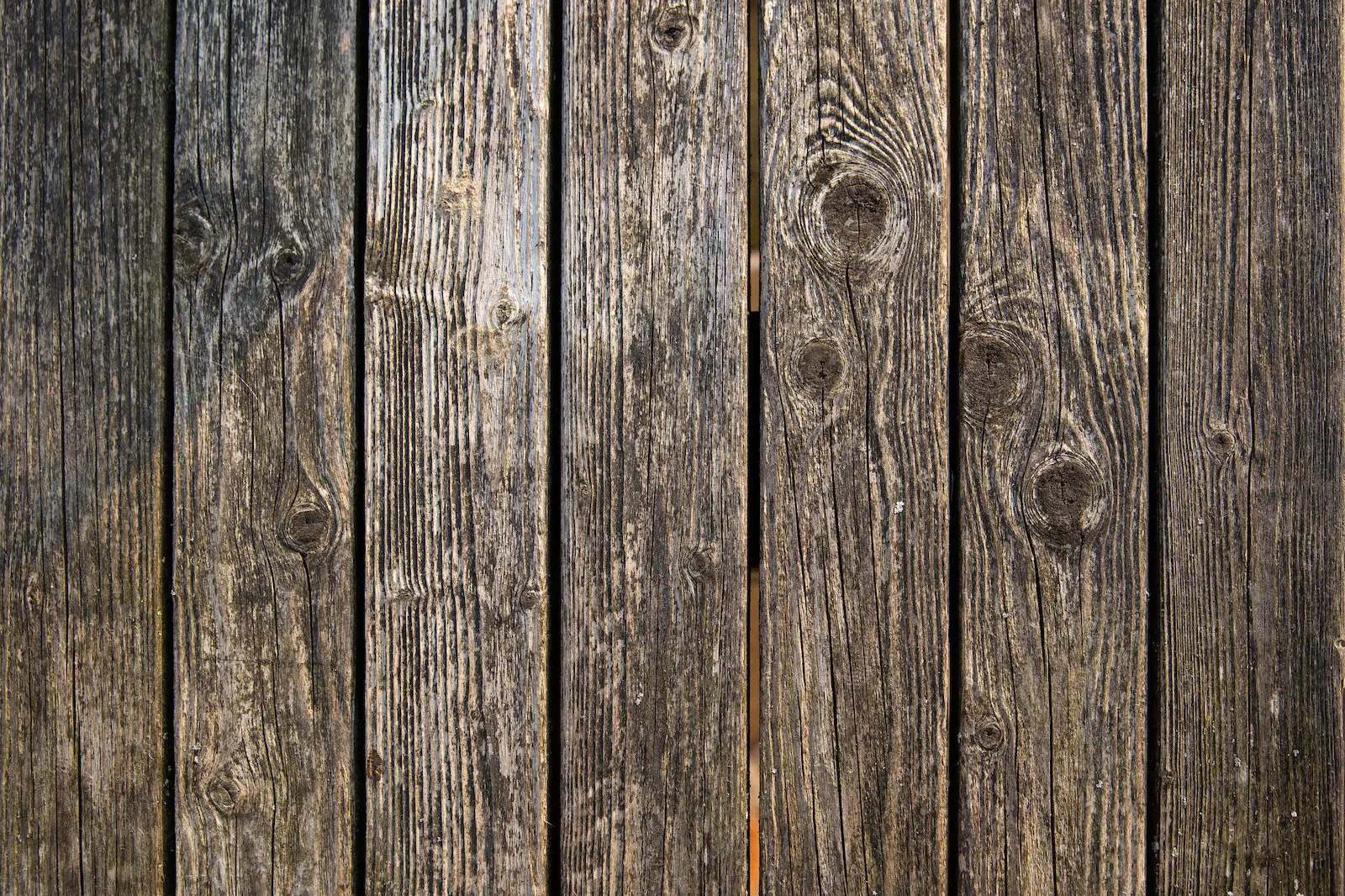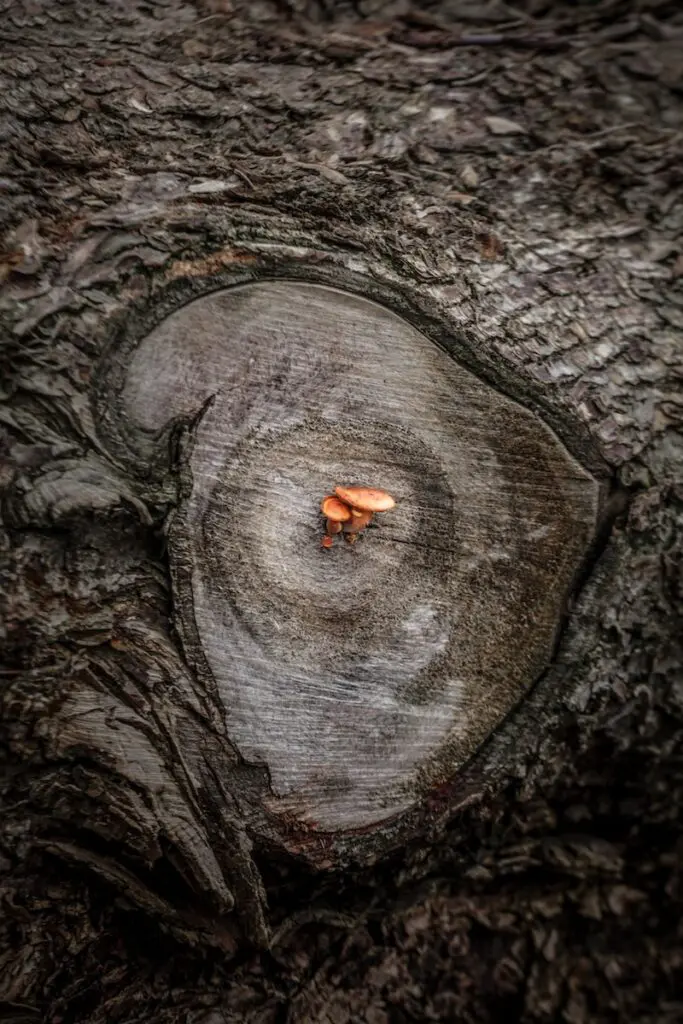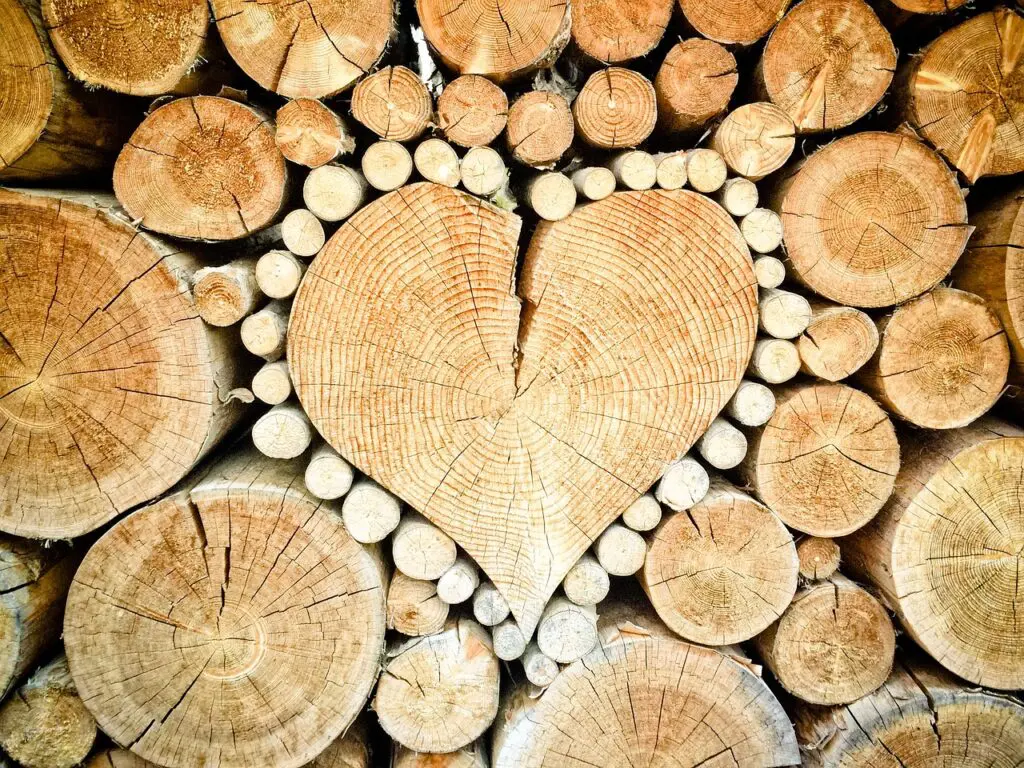Natural Wood Decay and Durability
This article discusses wood chemical composition, natural rot resistance, fungal/insect damage vulnerability, and decay prevention methods.
Introduction
Wood has been prized as a building material for millennia thanks to its unique combination of sustainability, beauty, workability, and mechanical properties. However, untreated wood exposed to weathering and moisture is susceptible to decomposition from fungi, insects, and bacteria. Understanding how natural decay occurs and the factors affecting wood’s inherent durability can guide proper species selection, design choices, and preservation techniques.
Wood Chemical Composition
The natural resistance or vulnerability of wood to biodegradation depends significantly on its chemical makeup. The main structural polymers in wood cell walls are cellulose, hemicellulose, and lignin. Cellulose and hemicellulose are polysaccharides that provide nutrition when broken down by enzymes. Lignin is a complex phenolic polymer that resists enzymatic digestion.
Fast-growing juvenile wood and sapwood contain higher percentages of cellulose and hemicelluloses. Heartwood is higher in lignin but also accumulates extractives like tannins, oils, resins, and aromatic compounds from the living tree. These extracts often impart natural durability but also color and texture. Specific extractive chemicals and proportions vary across species.
In addition to polymers, wood contains simple sugars, starches, proteins, and inorganic minerals. The composition, structure, and permeability of cell walls and vessels all influence natural rot resistance versus susceptibility.
Fungal Decay of Wood
Fungi are the primary organisms responsible for decomposing wood. The forest floor harbors countless wood decay fungi specialized to break down lignin and cellulose. Outdoor wood is readily colonized by fungal spores. Logs not in ground contact decay primarily from brown rot. Wood touching soil is attacked by white rot fungi and soft rots.
Brown rots like Serpula lacrymans breakdown cellulose rapidly, leaving behind a dry, cracked, brownish “skeleton” of lignin. White rots like Trametes versicolor attack both cellulose and lignin, producing a bleached appearance called white rot. Selective delignification by white rot makes wood more vulnerable to subsequent invasion.
Soft rot fungi like Chaetomium produce cavities and erosion at the wood surface. Advanced decay from any rot type leads to substantial strength reductions, which combined with water absorption, supports fungal spread throughout the wood.
Insect Damage to Wood
Several groups of insects directly damage wood through feeding or tunneling, while others like termites digest cellulose with symbiotic protozoa. Beetles are the most significant insect predators of wood. Ambrosia beetles bore galleries in trees to cultivate ambrosia fungal food sources.
Wood wasps lay eggs by inserting ovipositors into tree trunks. Larval tunnels disrupt conductivity and reduce structural integrity. Common furniture beetles skeletonize interior wood while leaving surfaces intact. Old house borers and powderpost beetles feed in damp wood leaving behind dust-filled bore holes.
Subterranean termites harbor cellulose-fermenting protozoa in their guts to derive nutrition from wood. Above-ground workers create covered mud tubes to feed on wood damaged by moisture or fungi. Formosan termites aggressively consume untreated wood rapidly.
Natural Durability of Wood
Durability refers to the inherent ability of wood to resist fungal decay and damaging insects. Durability varies widely depending on tree species, heartwood versus sapwood, growth rate, extractives present, and cell structure. The heartwood of old growth trees generally has the greatest natural durability.
Some tropical hardwoods like teak, ipé, and mahogany contain oils, resins, and tannins that make them exceptionally resistant to rot and insects. Cedars and redwood also have durable, aromatic heartwood. Borneol and silica content contribute antifungal properties in Asian species like Shorea.
Denser woods with fine vessels like black locust also rank as very durable. More porous, non-durable species include pine, fir, poplar, aspen, birch, and beech. Published decay resistance ratings help match species to exposure risks.
Wood Preservatives and Treatments
Where structural integrity or aesthetic concerns exist, vulnerable woods can be treated to prevent rot damage. Preservatives work either by poisoning fungal organisms (fungicides) or by deterring and killing wood-boring insects (insecticides). Timber treatment is done on an industrial scale for poles, railroad ties, lumber, and plywood.
Solutions are pressure-impregnated into the wood for deep, lasting protection. Copper chromium arsenate (CCA) treated wood was once common but is being phased out. Alternatives include alkaline copper quat (ACQ), copper azole, copper boron, and zinc borate. Oil-borne preservatives like pentachlorophenol and creosote also preserve despite toxicity concerns.
Non-pressure surface applications of borate, zinc naphthenate, or copper naphthenate provide protection against fungi and insects. These are used on non-structural items like fences, handrails, and garden beds. New advanced treatments aim to balance efficacy, safety, and environmental impact.
Preventing Decay in Wood Structures
Preservative treatments notwithstanding, outdoor wood can be protected from rot through good design and construction practices. Keeping wood dry and away from ground contact are the best defenses against fungal colonization and subsequent insect damage.
Generous roof overhangs and proper drainage keep water away from vulnerable end grain and intersections. Allowing airflow behind siding reduces moisture accumulation. Adhering to code recommendations for girders, pilings, and columns prevents ground contact. Storing lumber in covered sheds seasons material for use.
Regular inspection, cleaning, and maintenance help limit deterioration in aging structures. Repairing drips or leaks promptly is key. Where decay is discovered, replacing deteriorated sections may be sufficient if major structural pieces remain sound. Keeping wood well-painted also slows weathering degradation from sun, rain, and snow.
Conclusion
The complex structure and extraction chemistry of wood influences its inherent decay resistance across species. Vulnerable woods can be protected through design choices and preservative treatments. However, understanding fungal and insect degradation mechanisms allows for informed use of native lumber in appropriate applications. With care, untreated wood can provide service for decades even with moderate natural durability.
Wood Decay FAQ
Q: What makes wood susceptible to natural decay?
A: The cellulose and hemicellulose in wood provide nutrition for fungi. Moisture enables fungal colonization. Untreated sapwood has little natural resistance.
Q: What are the main types of fungi that decay wood?
A: Brown rot, white rot, and soft rot fungi use enzymes to break down cellulose, lignin, and other wood components. Advanced decay significantly weakens wood.
Q: How do insects damage wood?
A: Beetles and borers tunnel and feed on wood. Termites digest cellulose with symbiotic protozoa. Wasp larvae disrupt conductive tissues while feeding in trunks.
Q: What factors give some wood species natural durability?
A: Extractives like oils, resins, and aromatic compounds in heartwood can make certain species resistant to fungi and insects. Dense woods with fine vessels also rank as durable.
Q: How does wood preservative treatment protect vulnerable species?
A: Pressure injection distributes fungicidal and insecticidal chemicals deep into the wood for long-term protection against rot and bugs.
Q: What construction practices help slow natural wood decay?
A: Keeping wood dry through roof overhangs, proper drainage, and airflow barriers reduces decay potential. Avoiding ground contact is also key.
Q: How should you inspect outdoor wood for deterioration?
A: Look for discoloration, cracking, peeling paint, sagging, moisture stains, frass dust from borers, and tunnels from insects. Probe suspect areas.
Q: What are signs of termite damage?
A: Look for mud tubes on foundation walls and support posts. Tap wood for hollow pockets. Sawdust piles and emerging swarmer wings indicate active infestation.
Q: How can you repair wood damaged by rot?
A: Replace severely degraded sections. Consolidate cracks with epoxy. Treat remaining wood with borate solutions or wood hardeners to prevent further spread.
Q: What are environmentally-friendly options for treating wood?
A: Look for preservatives with low VOC levels. Borates, zinc naphthenate, and copper naphthenate provide protection with reduced toxicity.
For more information on woodworking, check out these articles on beginning woodworking, essential woodworking tools, and wood care guide.




